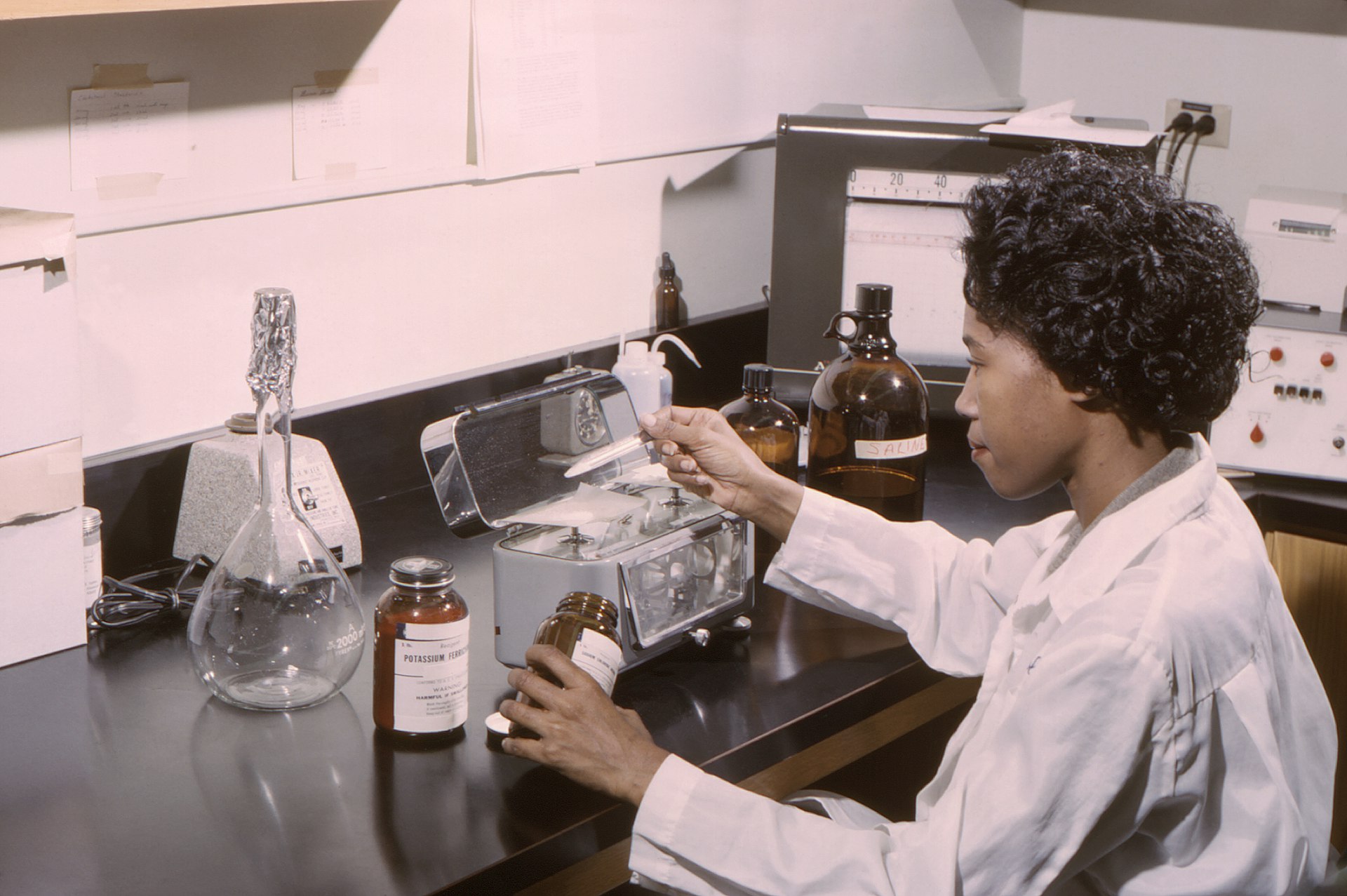How Technology Powers Real-World Solutions in Combating Climate Change

Photo by Sean Wang on Unsplash
Introduction: Why Technology Is Critical in the Fight Against Climate Change
Climate change presents one of the greatest challenges of our time. As global temperatures rise and extreme weather events become more frequent, technology offers both new hope and practical solutions. From renewable energy to artificial intelligence, adopting and integrating advanced technologies is essential for reducing greenhouse gas emissions, strengthening climate adaptation, and building resilient communities. This article outlines the most impactful technologies, explains their real-world applications, and provides guidance for governments, businesses, and individuals seeking to maximize their positive environmental impact.
1. Artificial Intelligence and Data Analytics for Climate Adaptation
Artificial intelligence (AI) is revolutionizing climate science and response. Modern AI systems analyze vast amounts of environmental data, improving the accuracy of weather and climate models. For instance, AI can integrate real-time sea surface temperature measurements into ocean models, enhancing scientists’ understanding of ocean currents and their role in climate systems. Smart sewer systems powered by AI can predict and prevent urban flooding, while AI-driven crop models guide the development of drought-resistant agriculture. These applications not only anticipate climate risks but also enable more targeted interventions, saving lives and resources. To explore AI-powered climate solutions, research organizations such as the World Economic Forum regularly publish reports on emerging technologies and their practical uses [1] .
2. Digital Twins and Smart City Technologies
Digital twins-virtual models of cities, infrastructure, or ecosystems-help planners and policymakers understand and address environmental challenges in real time. Cities like Houston and Singapore use digital twin technology to monitor groundwater, mitigate heat islands, manage air quality, and optimize waste collection. These models continuously update with data from sensors, drones, and satellites, allowing city managers to visualize and predict urban phenomena. The integration of the Internet of Things (IoT) further enhances these capabilities, enabling dynamic management of building temperatures, traffic flows, and waste systems. By leveraging digital twins, cities can achieve significant efficiencies and make informed decisions that reduce emissions and improve resilience. For guidance, city leaders can consult the C40 Cities network and review technical notes from organizations such as the Global Covenant of Mayors [2] , [3] .
3. Renewable Energy and Storage Solutions
The rapid growth of renewable energy sources like solar, wind, hydropower, and biofuels is central to the global transition away from fossil fuels. According to the International Energy Agency, global renewable electricity generation is projected to increase by nearly 90% by 2030-enough to meet the combined power demand of China and the United States. However, the intermittent nature of renewables necessitates advanced storage solutions. Lithium-ion batteries and grid-scale storage technologies allow surplus energy produced during peak times to be stored and released when needed, ensuring a stable power supply. Companies such as Tesla and LG Chem are leading innovation in this field, and ongoing research aims to make batteries cheaper and more sustainable. If you are interested in adopting renewable technologies for your home or business, consider contacting certified installers in your area and exploring government incentives via official energy agency websites [4] .
4. Carbon Capture, Utilization, and Storage (CCUS)
Carbon capture, utilization, and storage (CCUS) technologies are designed to capture carbon dioxide emissions from industrial sources and either recycle or store them underground. These systems are being deployed in power plants, cement factories, and refineries worldwide. While CCUS is not a silver bullet, it can play a significant role in decarbonizing sectors that are otherwise difficult to electrify. Companies and governments interested in implementing CCUS should consult with environmental agencies and review case studies from established projects to assess feasibility and potential impact. For technical information on CCUS projects, visit the International Energy Agency’s official website or the U.S. Department of Energy’s Office of Fossil Energy and Carbon Management.
5. Electric Vehicles and Sustainable Transportation
Electrification of vehicles is transforming transportation, historically one of the largest sources of greenhouse gas emissions. Electric cars, buses, and bikes reduce dependence on fossil fuels and improve urban air quality. Many cities now support the transition through incentives for EV adoption, expansion of charging infrastructure, and integration of smart transit systems. Advanced traffic management technologies, such as dynamic road pricing and curb management, reduce congestion and emissions by adjusting to real-time conditions. If you are considering switching to an EV, research available tax credits, rebates, and charging networks through your state’s official Department of Transportation or energy office. Public transit operators can also adopt software systems that optimize routes and schedules based on demand, inspired by ridesharing platforms [3] .
6. Sustainable Agriculture and Food Systems
Innovations in agriculture-such as precision farming, drought-resistant crops, and efficient irrigation-are helping to reduce the sector’s environmental impact. Technologies like AI-powered sensors monitor soil moisture, while data analytics platforms optimize planting and harvesting schedules. These advances not only increase yields but also minimize water use and fertilizer runoff, which are significant contributors to greenhouse gas emissions. Farmers and agricultural businesses can access resources and best practices through agricultural extension services and by consulting leading institutions like the Food and Agriculture Organization (FAO).
7. Challenges, Integration Strategies, and Alternative Approaches
Despite their promise, technological solutions face several challenges-including high upfront costs, the need for skilled labor, and regulatory hurdles. Integrating technology with nature-based solutions, such as reforestation or wetland restoration, often yields the best results. Stakeholder collaboration, public-private partnerships, and community engagement are essential for scaling up successful innovations. For businesses and municipalities, developing a technology integration roadmap and seeking technical assistance from reputable consultants can facilitate effective implementation. Alternative approaches may include investing in education, supporting grassroots innovation, and advocating for stronger climate policies.

Photo by Radhey Khandelwal on Unsplash
How to Access Technology-Driven Climate Solutions
If you are looking to implement or benefit from these technologies, follow these steps:
- Identify your primary climate challenge (e.g., energy, transportation, agriculture, waste).
- Research proven technological solutions by consulting reputable sources such as the International Energy Agency, academic journals, and official government agencies.
- Assess available incentives, grants, or partnerships through national and local agencies. Many offer funding and technical assistance for climate-smart investments.
- Contact certified professionals or organizations with experience in your area of interest. For city-level initiatives, reach out to your local planning department or sustainability office.
- Stay informed of evolving regulations and best practices by subscribing to updates from environmental agencies and international organizations.
To locate specific programs or technical assistance, consider searching terms such as “renewable energy incentives [your state]”, “AI for climate adaptation”, or “urban digital twin solutions” on the official websites of energy departments, city governments, and international bodies.
References
- [1] World Economic Forum (2024). 6 technologies to help the world adapt to climate change.
- [2] Thomson Reuters (2024). Cutting-edge technology solutions could help address urban environmental challenges.
- [3] Global Covenant of Mayors (2024). Smart City Solutions for Climate Change Mitigation.
- [4] Climate Adaptation Platform (2024). Five Game-Changing Technologies That Mitigate Climate Change.
MORE FROM realtyexperts.ai













